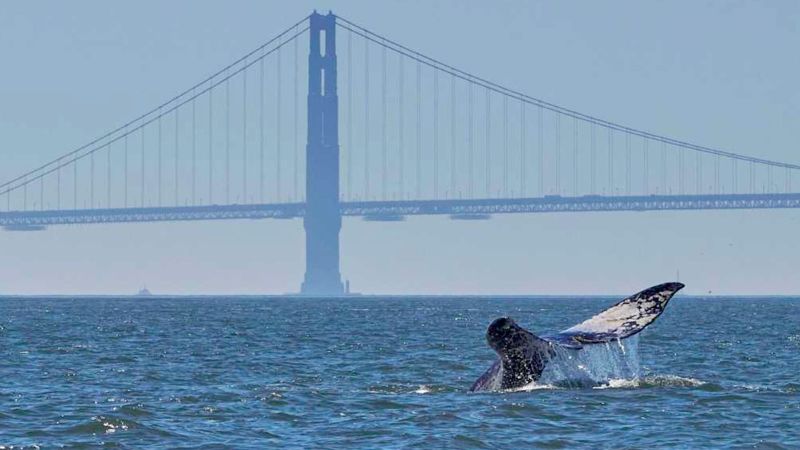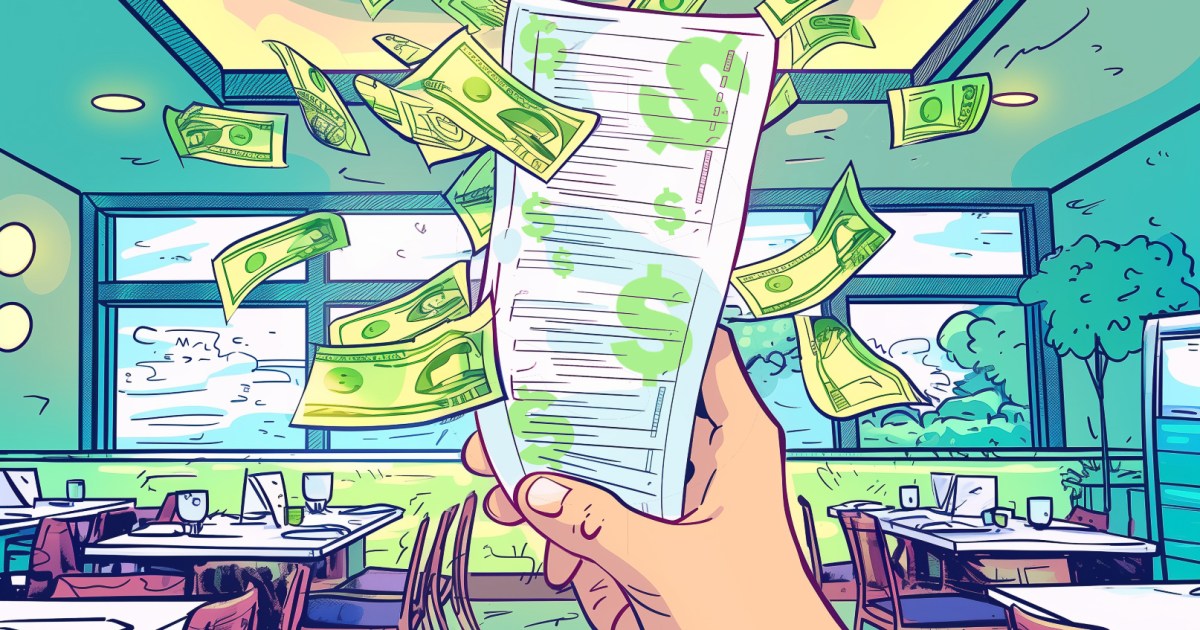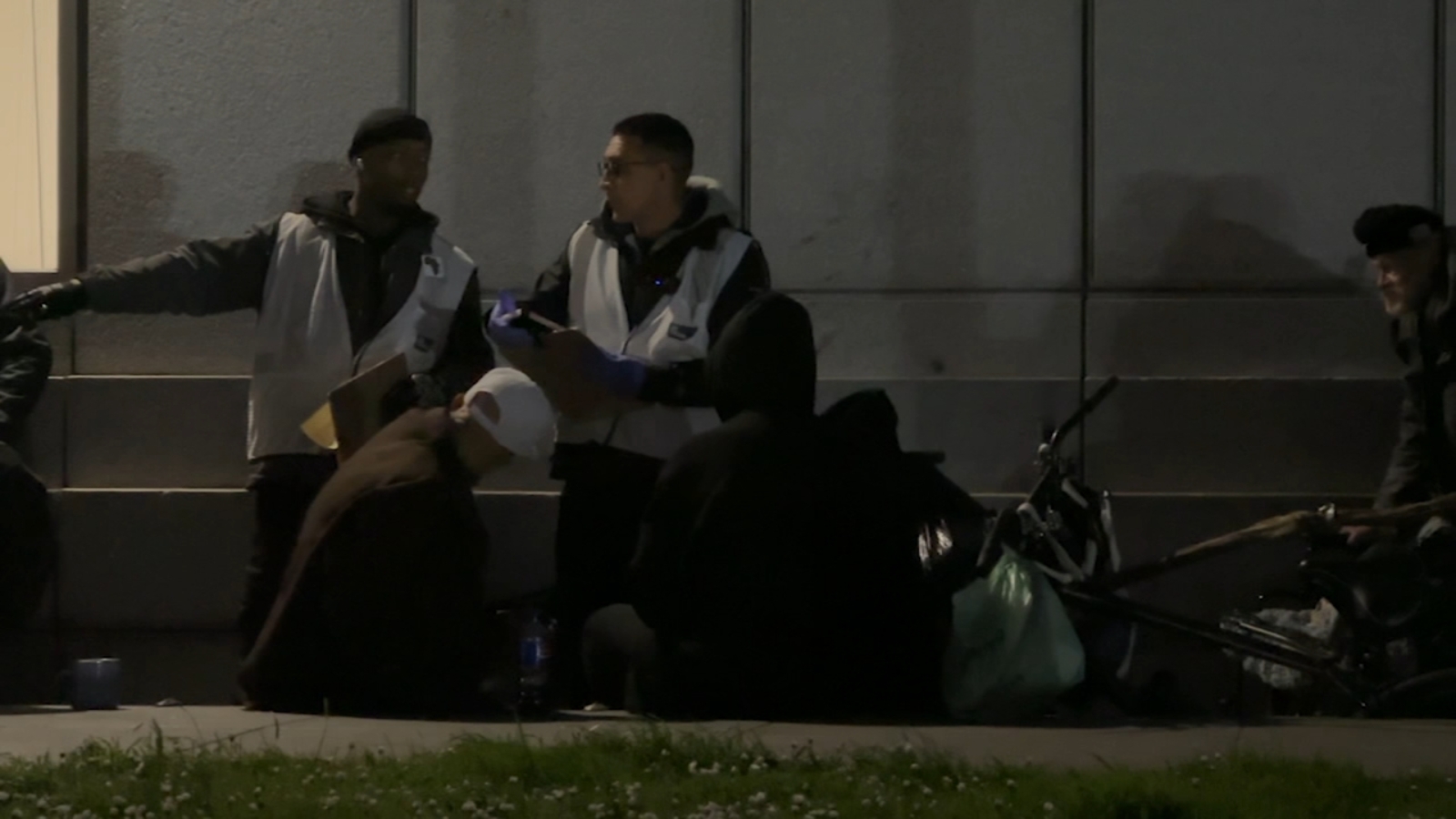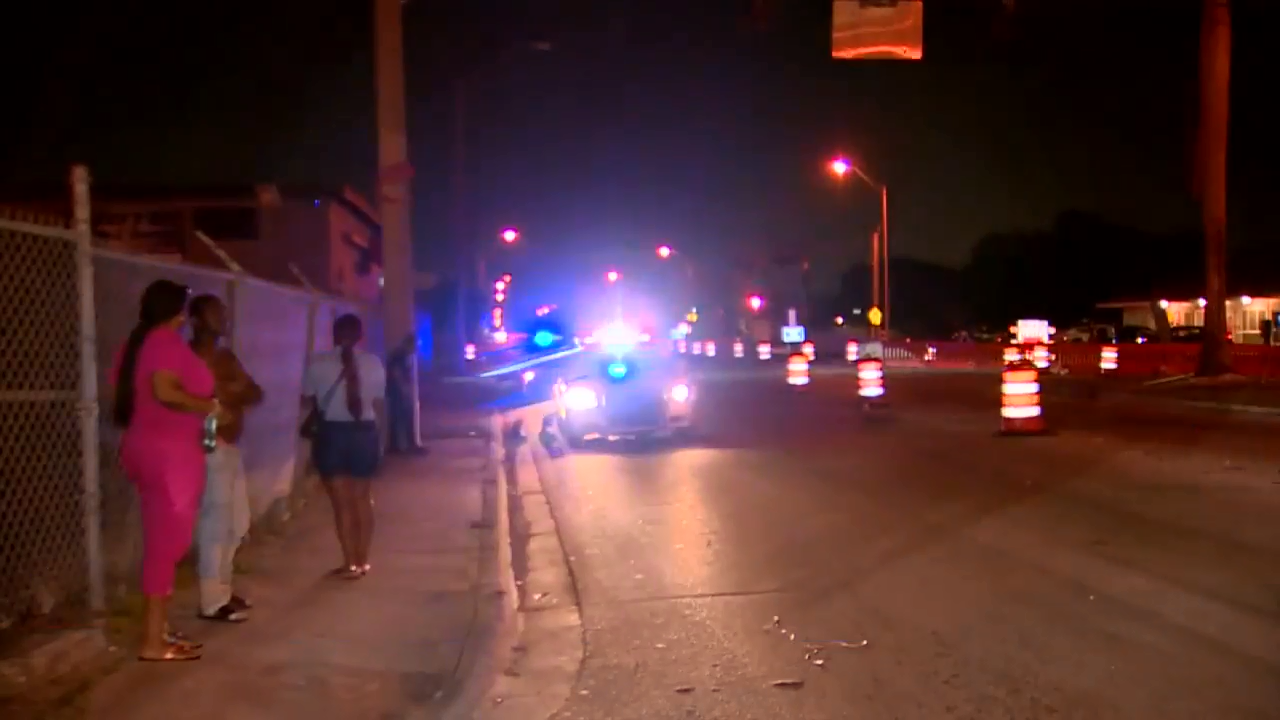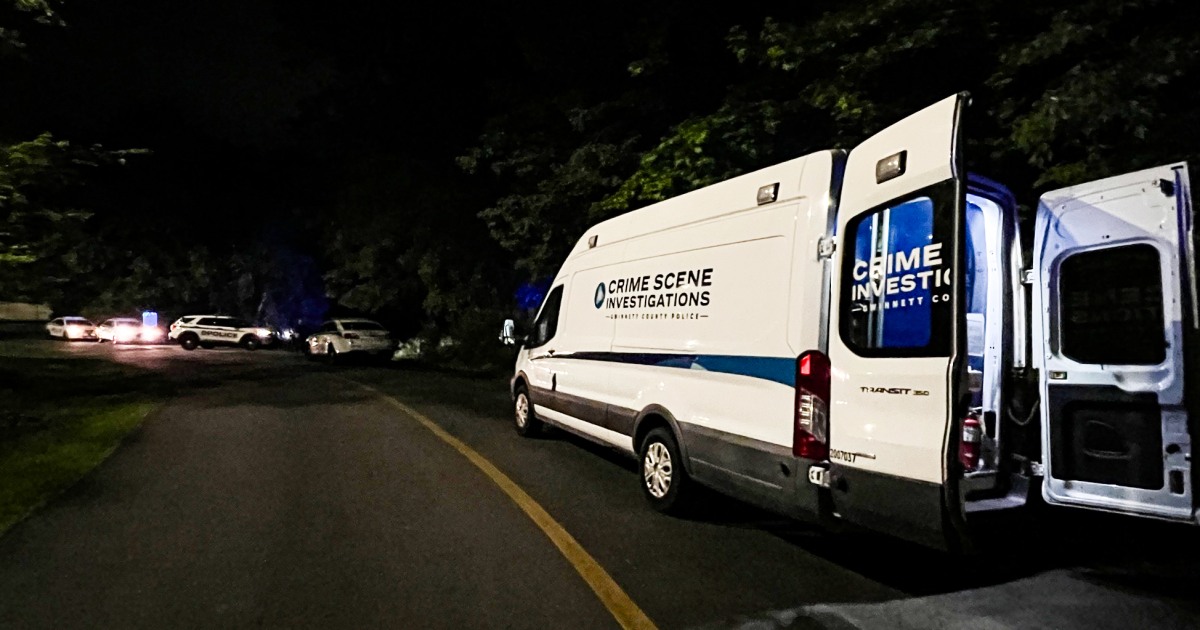CNN
—
A gray whale that set a record for time spent in San Francisco Bay has died after being found at Point Reyes National Seashore, according to a news release from the Marine Mammal Center.
The whale, who had been spotted in the bay for at least 75 days, a record for its species, died as did another whale that washed ashore last weekend at Agate Beach, about 13 miles from Point Reyes, the release said.
“To respond to two known gray whales on consecutive days, including one that our team has been actively monitoring for months in San Francisco Bay, is challenging and concerning to say the least,” Pádraig Duignan, director of pathology at The Marine Mammal Center, said in a release. “As sentinels for ocean health, gray whales face several human-caused threats including vessel strikes.”
A team of 11 scientists conducted a necropsy on the 39-foot record-breaking whale and determined it died from malnutrition and multiple suspected vessel strikes, according to the center.
The whale had a scar in the middle of its back that occurred in February, the same month it was first observed. The necropsy found multiple rib and spinal fractures with attempted healing beneath the scar. The whale also had skull fractures, muscle damage and a hemorrhage, all injuries consistent with a severe injury caused by whiplash from a motor vehicle, according to the release.
The second whale’s cause of death is unknown. Measured at 37 feet and deemed healthy, the whale had no signs of trauma, according to the release.
This year, four gray whales have been found dead in the bay, the first occurring in March, according to data collected by the Marine Mammal Center.
The National Oceanic and Atmospheric Administration has declared an Unusual Mortality Event as a result of increased gray whale strandings and deaths since January 2019.
There have been an estimated 314 whale strandings from 2019 to 2023 in the US so far, according to data from the NOAA. Data from 2022 also shows that gray whale migration has dropped 38%, which includes approximately 16,650 whales. The last population assessment in 2015 and 2016 estimated 26,960 whales, according to the NOAA.

